It Begins On Paper
Patricia Cronin, Greg Haberny, Rachel Monosov, Xavier Robles de Medina, Justin Orvis Steimer, Gail Stoicheff, Swoon, Sophia Wallace
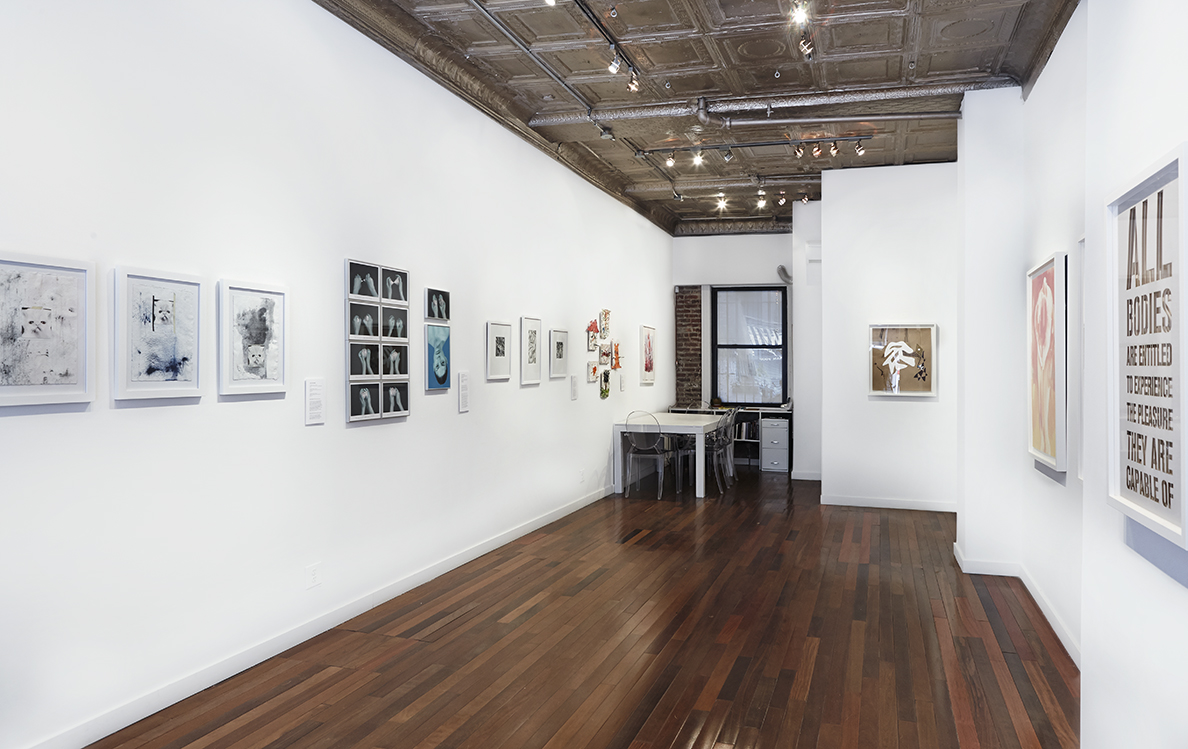
First exhibition of Catinca Tabacaru Gallery, New York 2014
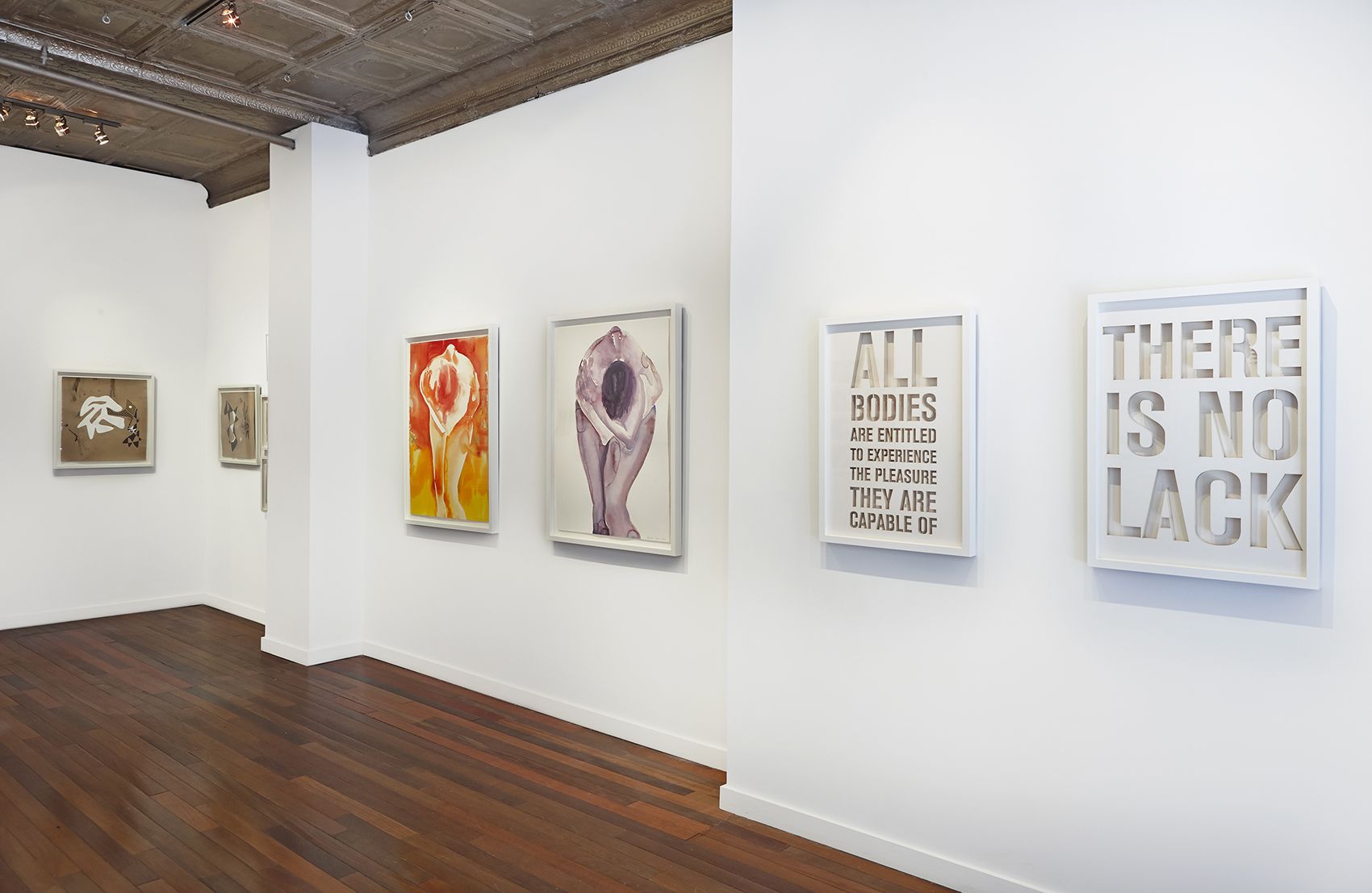
Sophia Wallace | Pattie Cronin
PATTIE CRONIN ANSWERS:
Why paper?
Artists make something out of nothing. Paper is as close to nothing as materials go, especially compared to other more substantial materials like oil paint on linen, clay, bronze or marble. The humbleness or humility of paper is interesting to me. Also, smooth hot press watercolor paper simulates the soft texture of skin beautifully.
Tell us about the pieces selected for the show.
With these watercolors of over life-size figures from my Dante: The Way of All Flesh series I explore the timeless themes of justice and revenge with an expressive visual language. Using Dante Alighieri’s Inferno as a point of departure for a meditation on the human condition and by focusing on the human form, I reinforce the concept of our shared humanity, albeit from the perspective of a disillusioned present.
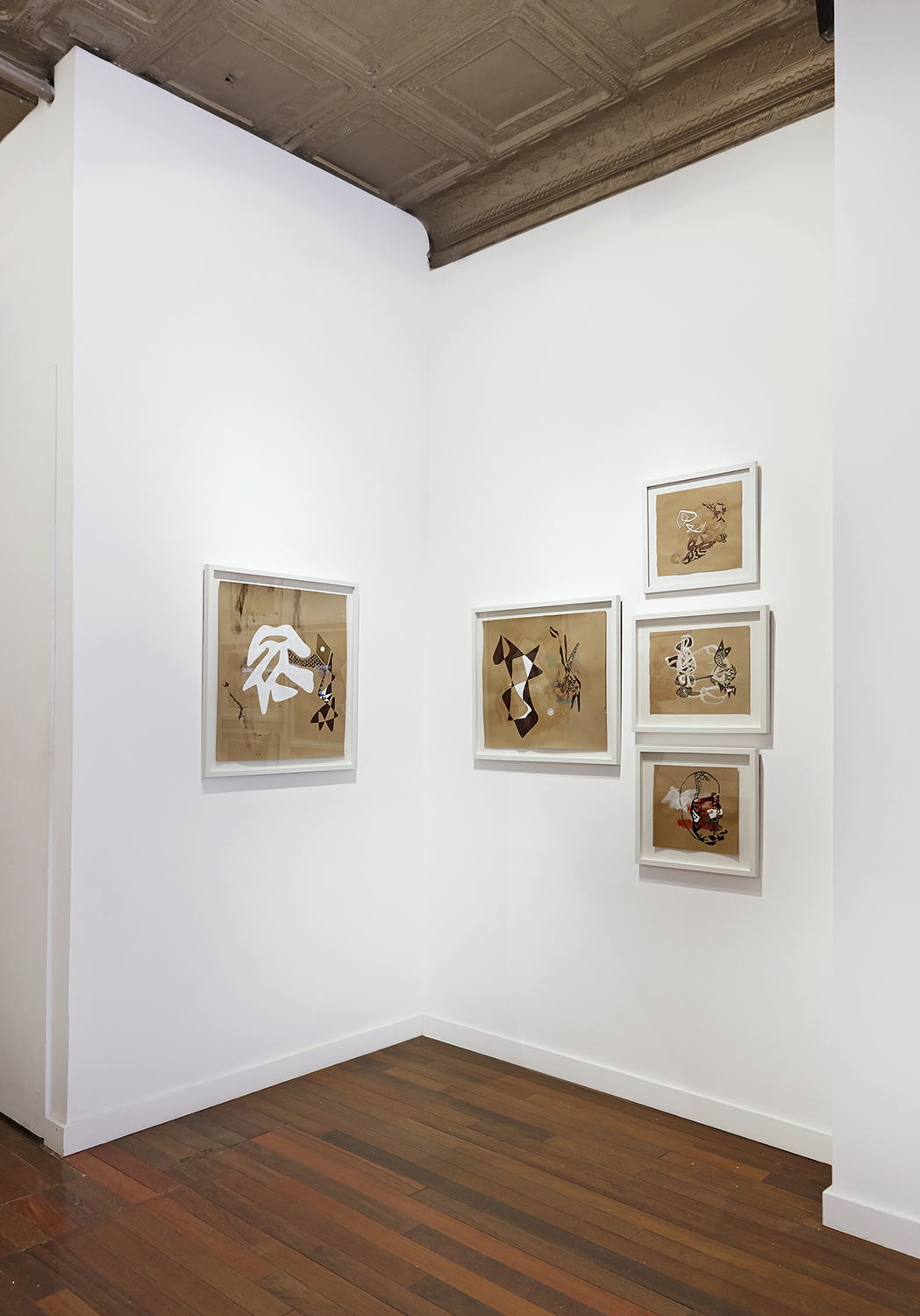
JUSTIN ORVIS STEIMER
paper is the foundation for all of my work
it is simple and familiar
providing a constant
from which the proccess of creation may flourish
paper is abundant
which encourages freedom
and recklessness
paper is easily transportable
allowing for the possibility
to draw almost anywhere
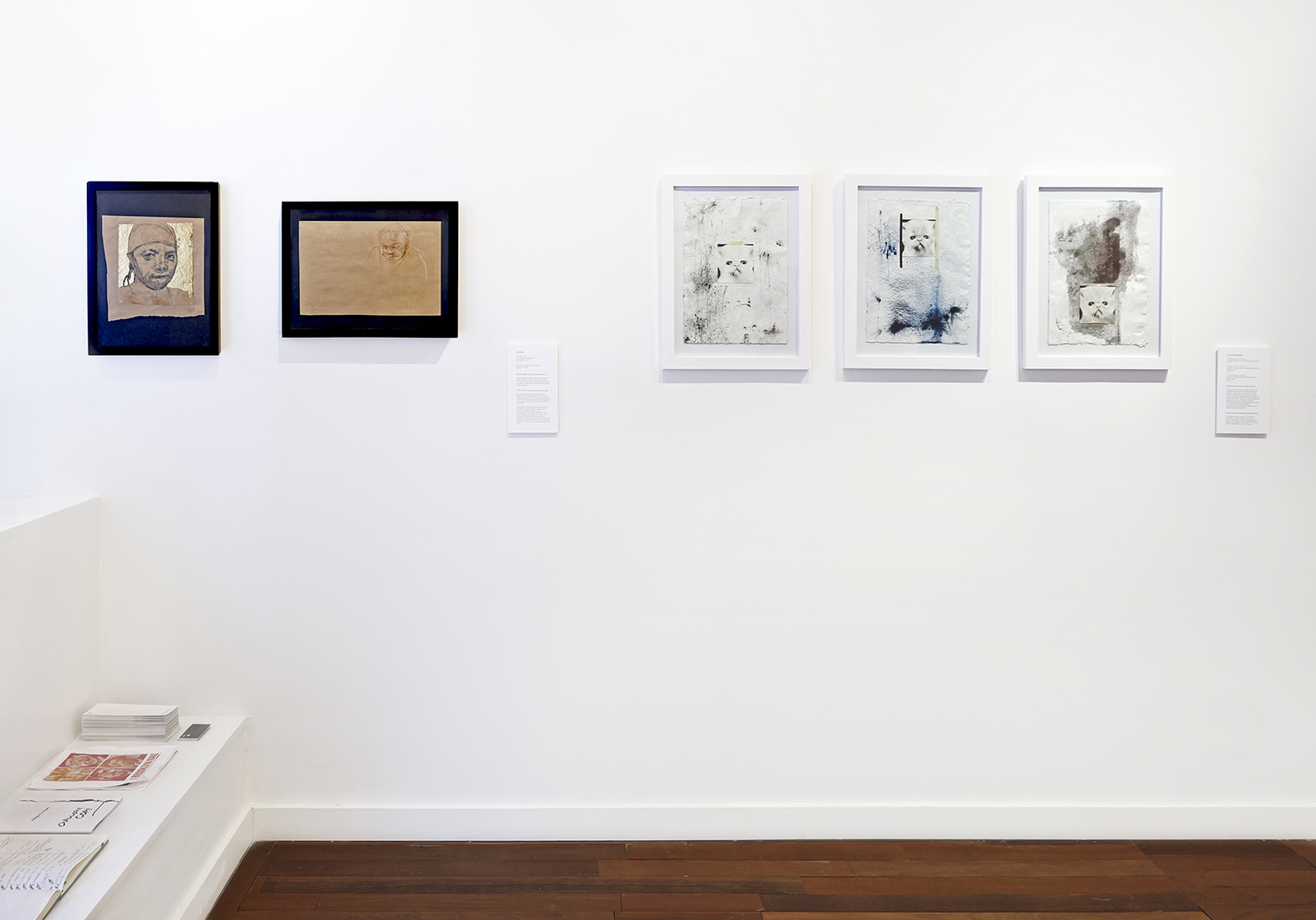
Swoon | Gail Stoicheff
Tell us about the pieces selected for the show.
SWOON ANSWERS:
The woman depicted, known as Ms. Bennett, is thought to be the last Aborigine to have existed as a nomad, a lifestyle that is no longer possible. She is one of the most well respected elders of the Aboriginal dot painting movement, who I had the good fortune to meet in 2011.
In the spring of 2008, working in collaboration with the collective Transformazium, I participated in a project called Points of Interest. This, Transformazium’s first project in Braddock, was aimed at pairing local youth with working artists to create artworks that would be energizing and fortifying for folks in the town of Braddock. The print represents a stage in the evolution of a mural painted in Braddock Pennsylvania, of a young woman named Ashley.
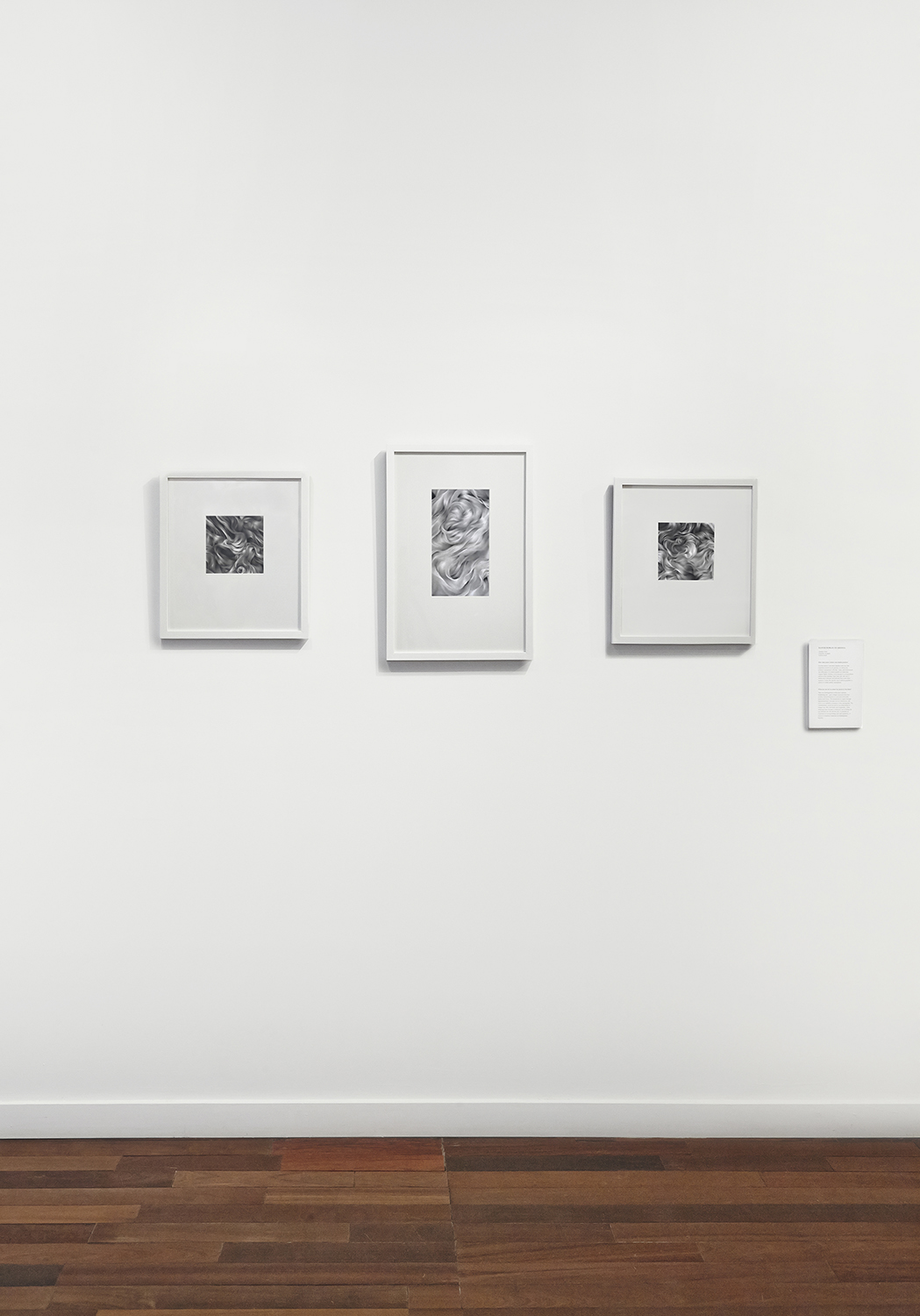
XAVIER ROBLES DE MEDINA
Why paper?
It is the surface I am most familiar with; my first impulses towards an art practice, as well as my primary experiences with line, value, and observation are with paper. It is most suitable for ideas that require highly detailed work because it accommodates precise mark making. Paper feels like skin and it seems more intimate and delicate than most other surfaces. I enjoy the specific way it allows graphite to arrive at a matte-plastic smoothness which is imperative to my drawings in the “It Begins on Paper” exhibition.
Tell us about the pieces selected for the show.
They are investigations of the same method: translating hair-grid collages (sourced from hair-product advertisements) to articulate believable spaces and forms. Re-interpreted on paper through representational concepts such as chiaroscuro, the work is an ineffable evaluation of the photograph. The contemporary world as well as our relationship to images can often feel hasty and forgettable. These drawings have become a vehicle for me to bridge the gap between the old and the new. It presents an argument for incorporating craft and sensitivity, to uncover a timeless classicism in contemporary banality.
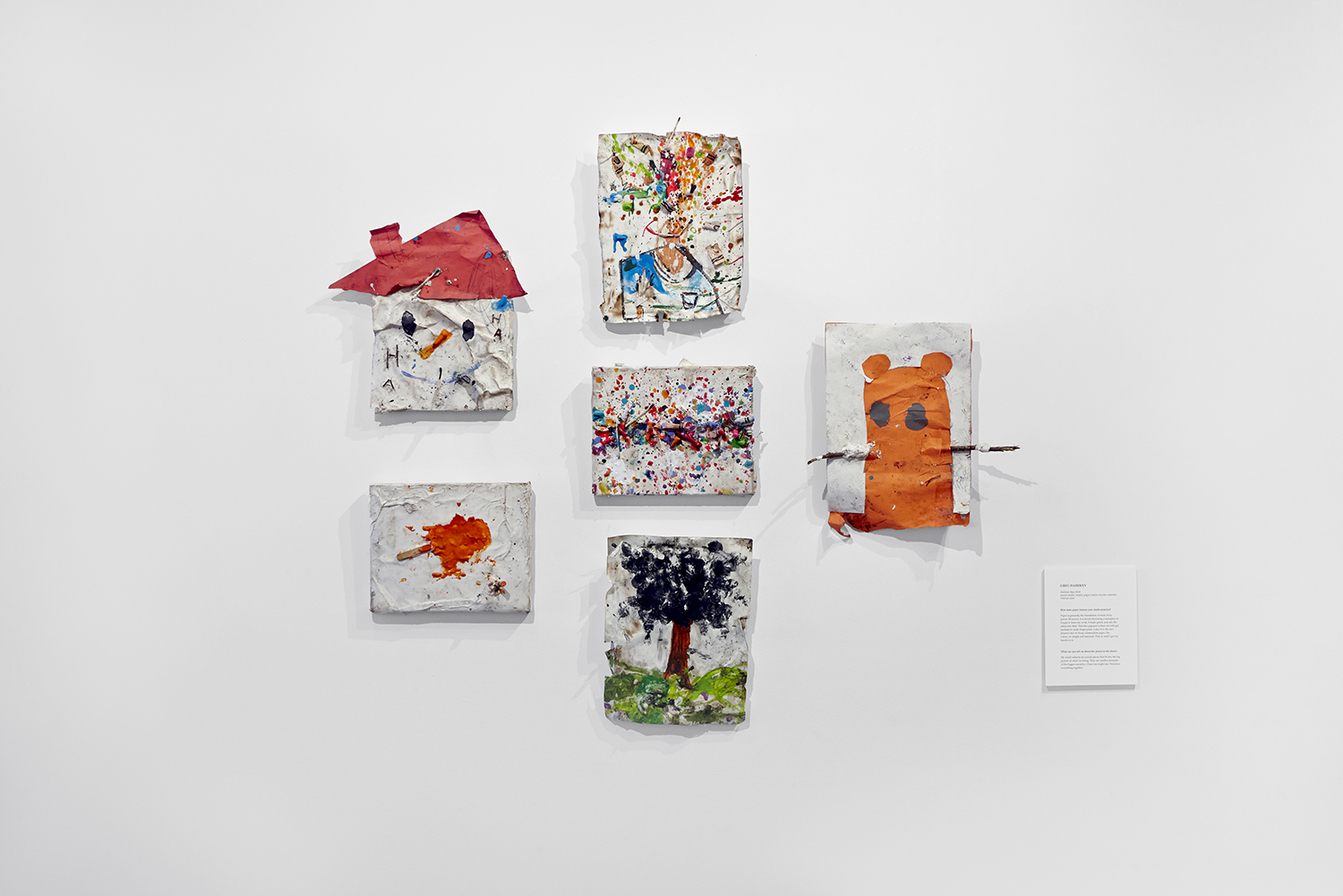
GREG HABERNY
What role does paper play in your practice?
Paper is generally the foundation of most of my pieces. However, It’s slowly becoming metaphoric of the burning of my work that I be been doing. I mash, grind, and mix (the ashes) into kind of a dust. The the fine pigment is then cut with gel medium and make finger paint. I also love the raw abrasive feel of cheap construction paper. The colors…so simple and innocent. That is, untilI get my hands on it.
Tell us about the pieces selected for the show.
My small subjects are puzzle pieces that fit into the big picture of what I’m doing. They are smaller elements of the bigger narrative. Clues one might say, that piece everything together.
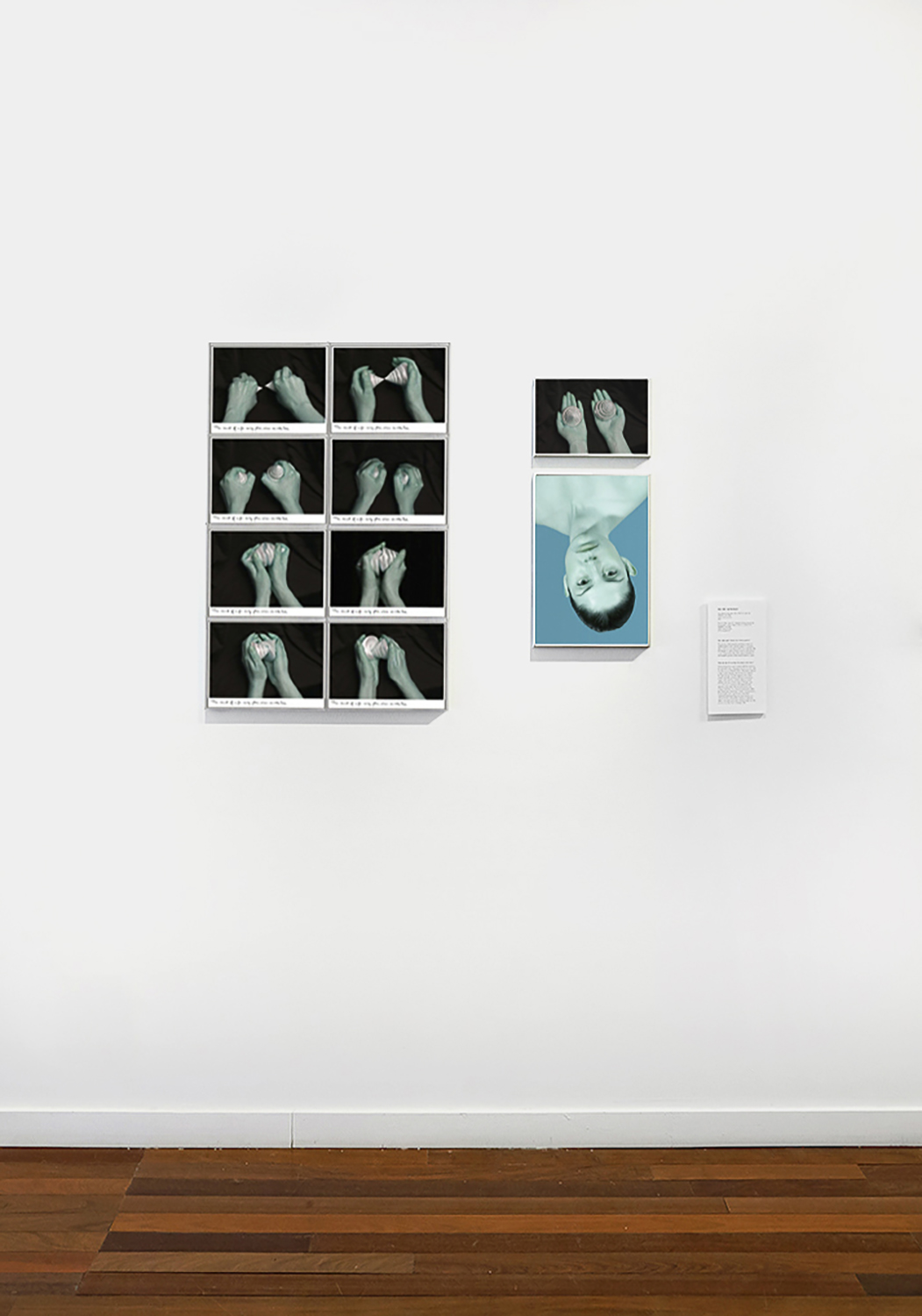
RACHEL MONOSOV
What role does paper play in your practice?
The process of photographic printing on paper is a transformation of the captured Image to a physical object which we can interact with in our daily life. The photograph is a piece of truth. The photograph is a mirror, a decoration, a way of expression.
Why Paper?
The camera obscure was the first step in the development of photography — this optical device projecting the image which I link to the projecting of the image on our electronic devices. One of the magical elements of photographic practice is this transformation to paper.
Tell us about the pieces selected for the show.
Handwriting allows me to connect with the viewer in the most direct way — language. I’m far away but I still hear the waves in Brighton Beach where these photographs were made.
This work is part of a larger project dealing with the search for identity through memory. The title suggests to the viewer sounds from their personal past and is intended to trigger audio memory — sounds which we are all familiar with, but can never hear in the same way. Love and waves sometimes both depend on the direction of the wind.
Why this subject?
With the self-portrait, I am trying to fulfill the US passport requirements which ask for the most neutral and “honest” documentation. By placing the photo upside down, the direct connection is lost and helps me create distance so I will not feel the vulnerability of being an observed object. I was never good with looking straight into the person’s eyes who I am in dialogue with.
New York, MAY 6, 2014 – Catinca Tabacaru is pleased to announce the launch of her new brick and mortar gallery on the Lower East Side of New York City. The move represents the evolution of Tinca Art, the namesake curator and dealer’s four years as a private salon, dealer and curator. Nestled in the heart of the Lower East Side on Broome Street, the gallery features its original tin ceiling above 550 square feet of exhibition space. An eventual basement “shadow space” opening later in 2014 will feature an additional 550 square feet of space where artists and invited curators will stage exhibitions to complement those on the main floor.
Its debut exhibition It Begins on Paper, will feature a group show drawn from artists on the gallery’s roster and beyond, featuring exclusively, and examining the nature of works on paper: its status as the typical first medium employed by an artist, its fragility, its historic use for disseminating ideas and information.
Selected works include two large watercolors by Patricia Cronin (a mother of the relationship between feminism and contemporary art) from a series inspired by Dante’s Inferno, in which human figures, made organic by the watercolor process, portray agony and ecstasy in purple and crimson washes. A rare hand drawing by Swoon (whose immersive installation currently at the Brooklyn Museum parallels her socially conscious art world activities) – distinct from the cut-out wheat paste works she is know for, depicts a portrait of an elderly woman on brown paper. Sophia Wallace, presents two powerful laws of “Cliteracy” laser cut and made sculptural through multiple layers. In addition, gallery artists Greg Haberny, Rachel Monosov, Xavier Robles de Medina, Justin Orvis Steimer and Gail Stoicheff continue to woo viewers with their diverse and focused approach to paper.
Artist Talk: Sophia Wallace
CLITERACY and engagement with feminist contemporary art
June 15, 2014 | 2pm